Cooker hood purchasing advice: how to choose the right product
- What you need to know
- Cooker hoods remove the fumes and water vapor produced whilst cooking.
- There are two main types of cooker hood: recirculation and extraction. The former purifies the air and fans it back into your kitchen, the latter works like an exhaust and blows the air outside.
- Many cooker hoods are capable of both recirculation and extraction.
- Cooker hoods can be differentiated by their fan power and additional features.
- When installing a hood, make sure to follow the safety instructions. This is important for avoiding problems such as negative pressure.
Why buy a cooker hood?
Cooking is great, but smelly kitchens aren’t. After you’ve finished preparing food, it’s common for odors to remain in the kitchen despite decent ventilation. The main culprit here is water vapor which contains food molecules and fat.
This vapor holds the odor molecules that come from the food you’re cooking, leading to smelly kitchens. When it condenses on your kitchen cabinets and surfaces, not only does it make everything smelly, it can also lead to mold growth. One solution to this is to regularly wipe your kitchen down with a towel, but a much easier option is to get a cooker hood. Also known as fume extractors, these devices will remove odors and excessive humidity from your kitchen while you cook.
Recirculating air vs exhaust air
Basically, there are two different styles of cooker hood extraction: recirculation and exhaust. Recirculating cooker hoods extract the fumes, clean the air using filters, and then release it back into the room. With exhaust hoods, the air is sucked outside through a pipe. Read on for a comparison of these two extraction styles.
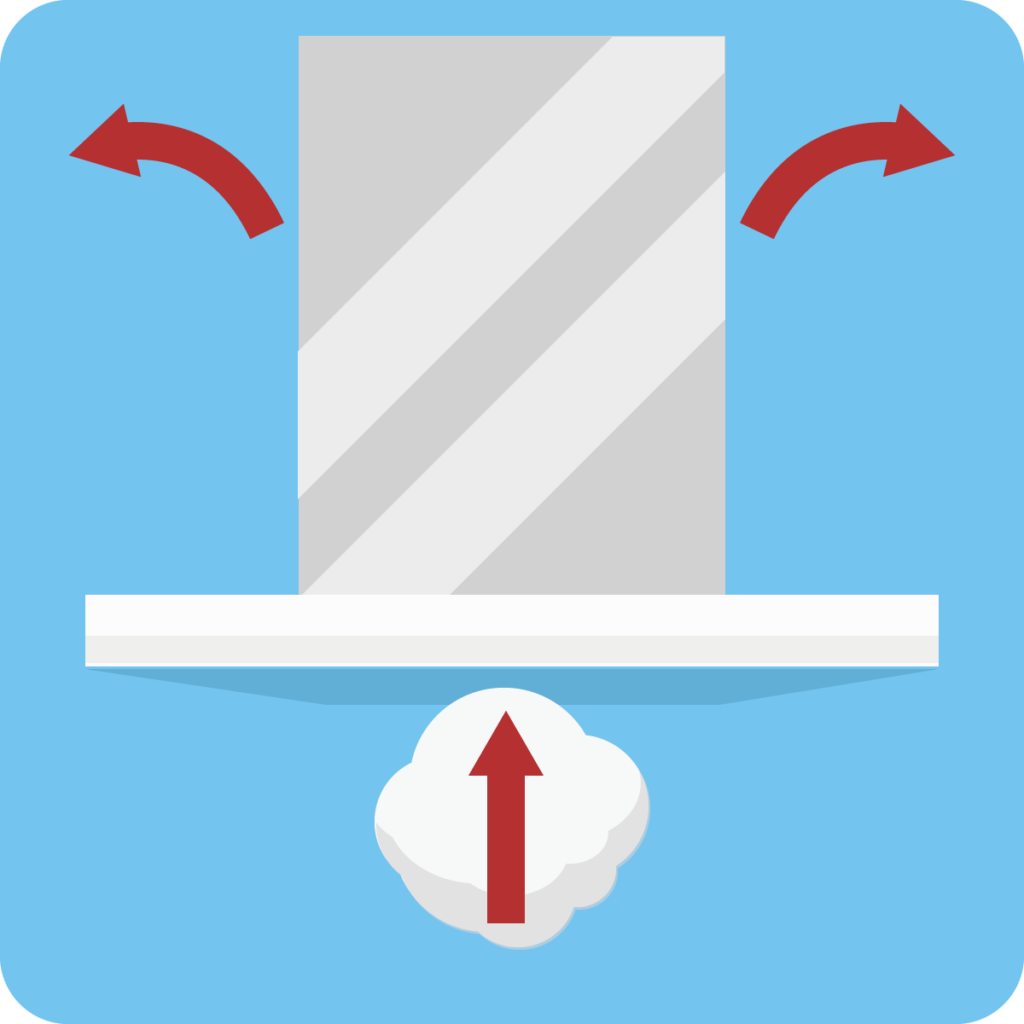
Recirculation
Recirculating cooker hoods are cheaper and easier to install than exhaust hoods. They have a motor which sucks the fumes coming from your cooker into the hood. Inside the hood there are usually two filters: a metal one and an activated carbon one. The metal filter removes fats and oils from the air. The activated carbon filter traps odor molecules so that the recirculated air is much less smelly when it re-enters your kitchen. Carbon filters need to be replaced every six to twelve months.
Advantages
- Easy to install (no need for an exhaust pipe)
- No structural requirements
- No heat loss in winter, no heating in summer
Disadvantages
- Louder than extraction fans
- Not as effective at removing odors
- Carbon filter need to be regularly replaced
- Doesn’t remove humidity
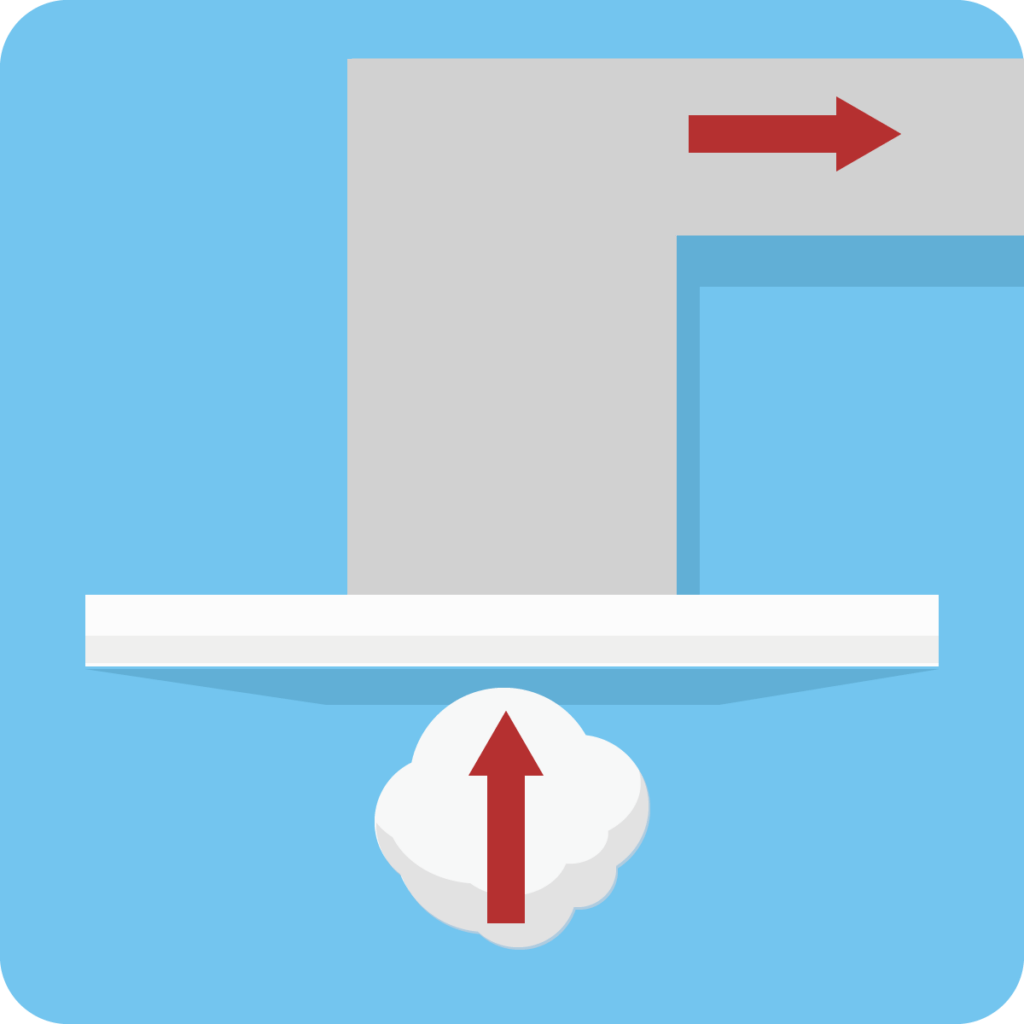
Exhaust
Exhaust hoods are somewhat more complicated than their recirculating siblings. Instead of trapping odors and fats in filters, exhaust hoods transport them outside via an exhaust hose. This said, exhaust hoods do have metal filters to prevent grease from clogging up the extraction hose. Over time, this filter will get quite full, so you’ll need to clean it if you notice the extraction efficiency is decreasing.
Advantages
- Decreases humidity
- No follow up costs for replacement filters
- Quieter
- Usually more efficient
Disadvantages
- Exhaust hose needs to break through a wall to go outside
- Higher installation cost
- Heat loss in winter
Negative pressure
Negative pressure is a common issue with extraction fans, and an important one to avoid. It occurs when air is extracted from a room without being replaced. Extraction fans decrease the air pressure in a room, which can have serious consequences. For example, if you have negative pressure in a room with an open fire, the extraction fan will suck potentially fatal gases such as carbon monoxide out of the fire and into the room. To avoid this, always ventilate your rooms properly with open windows, and consider purchasing a negative pressure monitor. These devices connect to your cooker hood and will automatically turn it off if there is too much negative pressure. You should also get a chimney sweep to check that your fireplace is working properly.
Hybrid hoods
Some cooker hoods can both recirculate and extract air. Usually, you can choose which mode you want by the touch of a button. This means you can save on heating costs during the winter by using the recirculation mode, but if you need to get rid of some strong odors, you can also use the extraction mode.
Designs
There are a lot of different cooker hood styles, both for recirculation and extraction machines. Read on for an overview.
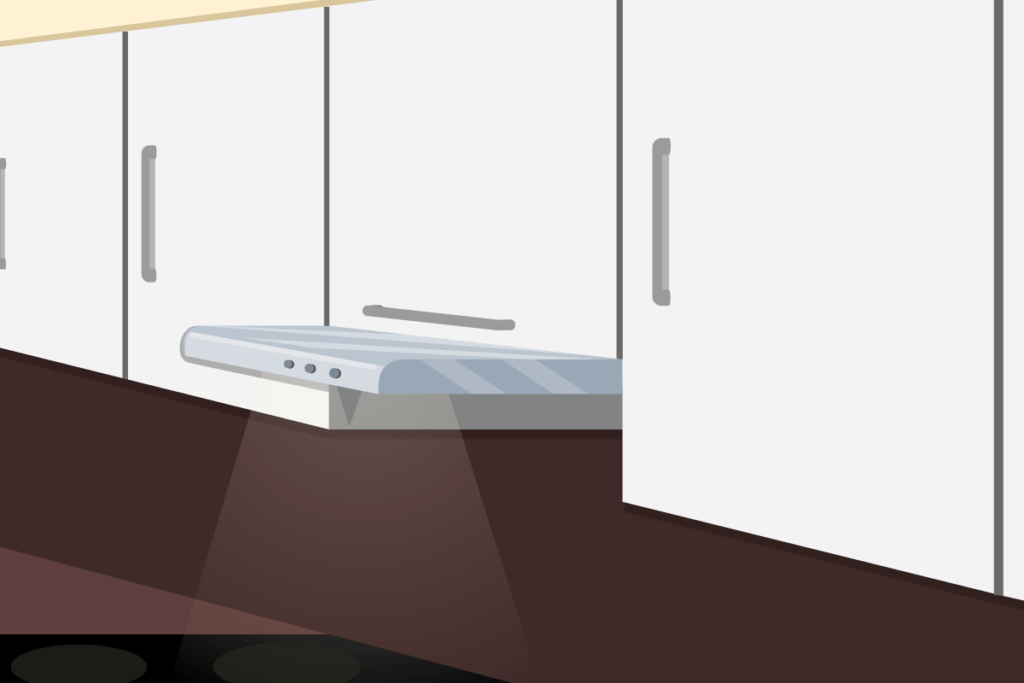
Under cabinet
Under cabinet hoods are the most common type of cooker hood. They are typically between four and six inches tall, and are mounted underneath a kitchen cabinet. Under cabinet hoods with an extraction feature usually have an exhaust hose that goes out through the cabinet above. This style of cooker hood tends to be comparatively inexpensive.
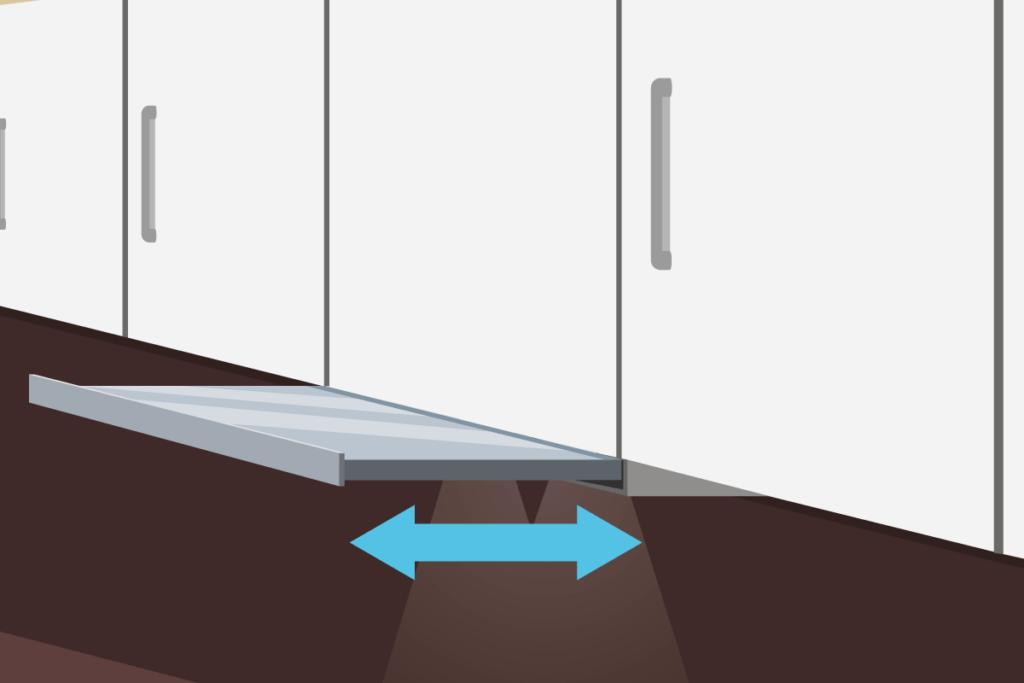
Telescopic
Telescopic hoods are pretty similar to under cabinet hoods. They are slightly more compact as they can be extended and retracted. This is good if you’re tall and prone to bumping your head. When not in use, these hoods are completely hidden under the cabinet.
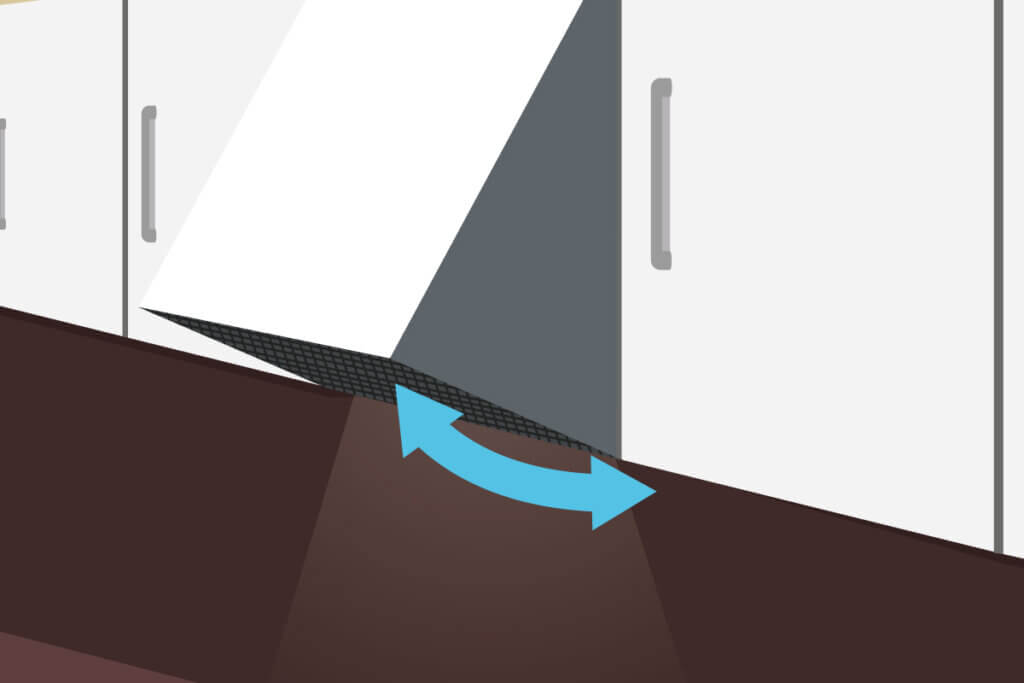
Cabinet
Cabinet hoods fit flush in between your kitchen furniture and hide in plain sight when not in use. When you want to use them, they open out and look as if the cabinet has opened upwards. This is a very discreet option, and is therefore very popular.
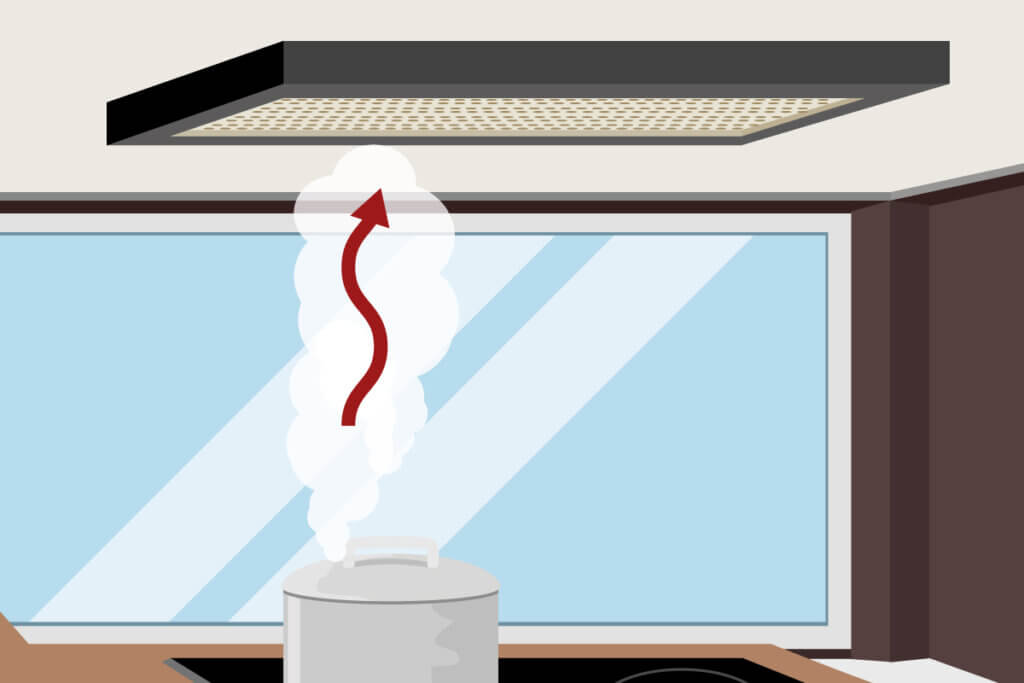
Ceiling
Ceiling hoods are a great option for open-plan kitchens. They fit directly into the ceiling and have a decorative rim. They are usually only capable of recirculation – for them to be able to extract you would have to fit an exhaust pipe in the ceiling.
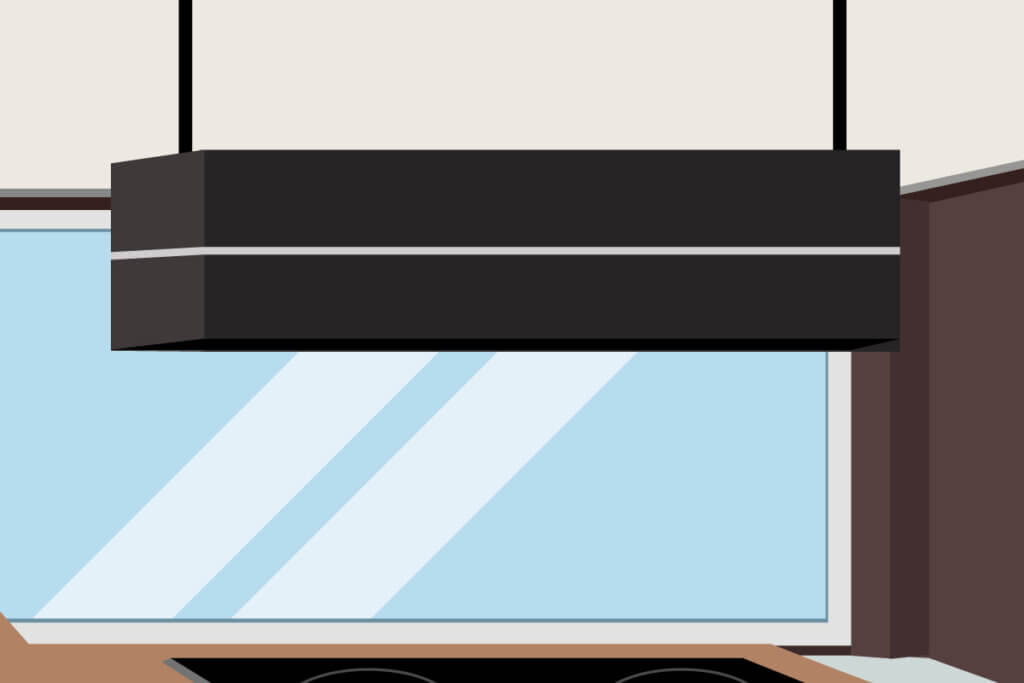
Island
Island hoods are designed for cookers in kitchen islands. Since a lot of models need to be suspended from wires, they are only capable of recirculation. You can get some models that fit to a chimney above the kitchen island and can thus have an exhaust pipe fitted for extraction. Some of these chimneys are just decorative though, and aren’t suitable for extraction.
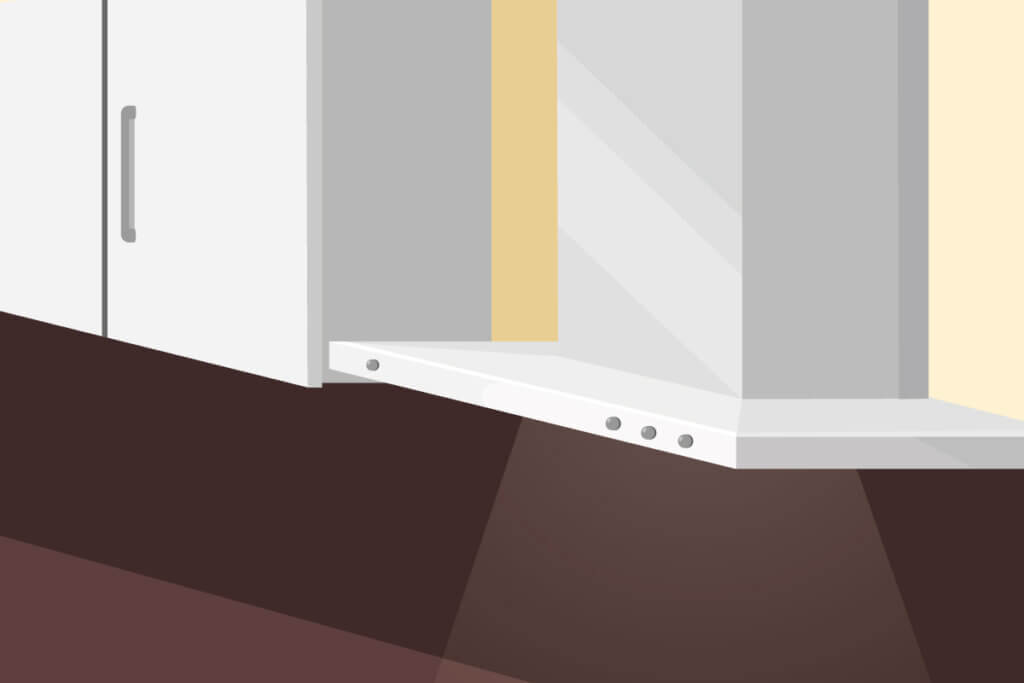
Chimney
Chimney hoods fit onto the wall directly behind the cooker. This style of hob necessitates there being no cabinets above the cooker. Chimney hoods come in a range of different styles. These include freestanding chimneys, and hoods on an angle above the cooker.
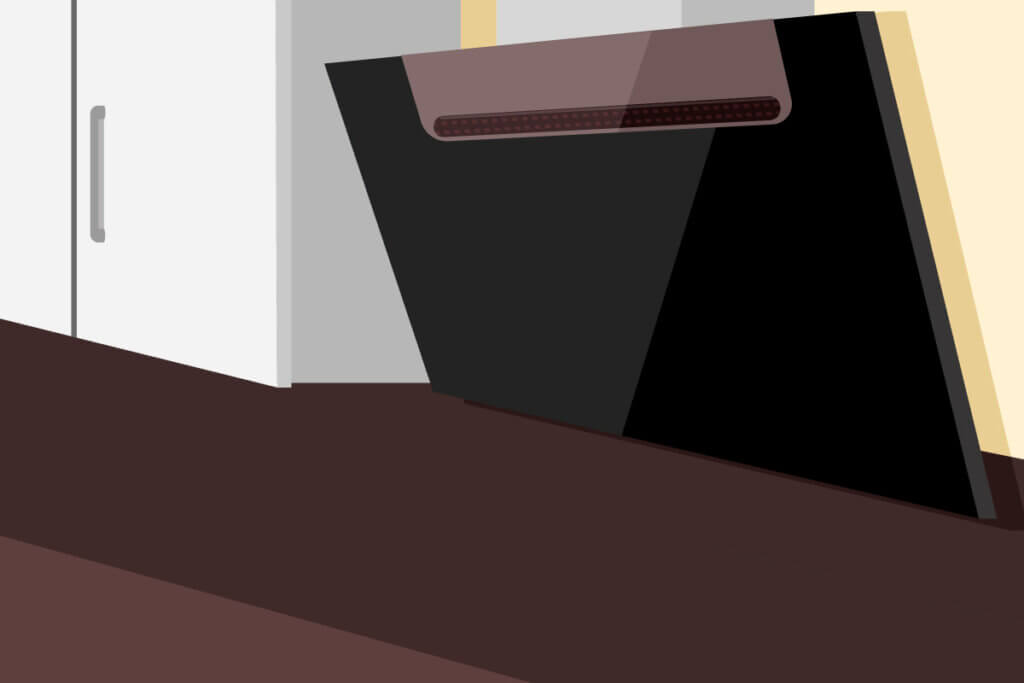
Wall
Wall hoods are a special kind of chimney hood. The intake surface is mounted at a 45-degree angle to the cooker, which means you won’t hit your head on it. Wall hoods come in both recirculation and extraction styles.
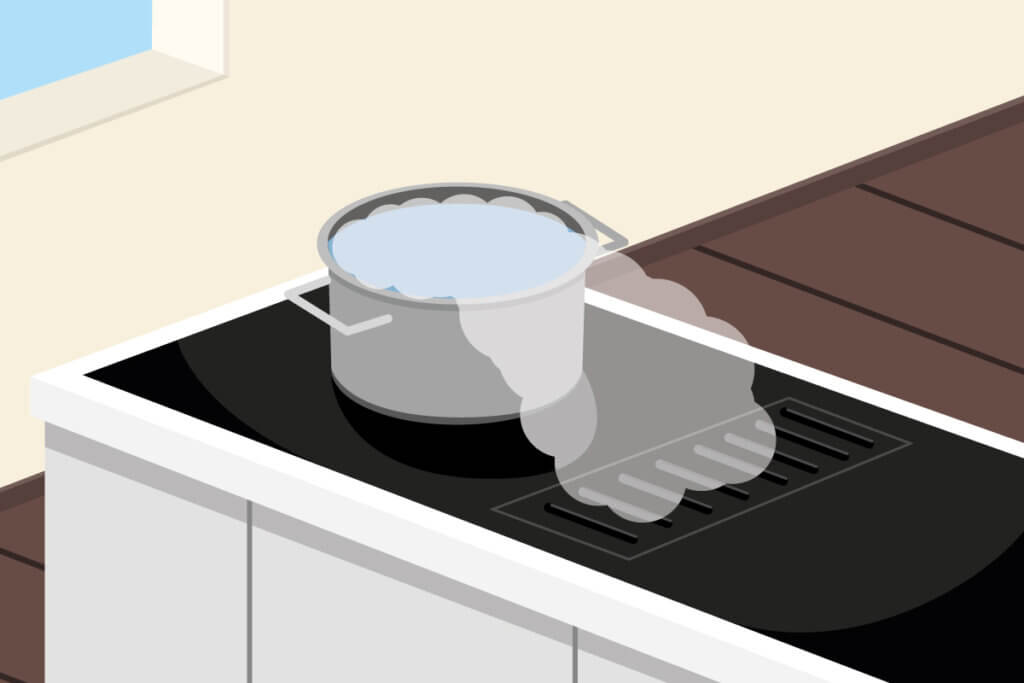
Downdraft hob
Downdraft hobs are quite new on the market. These are integrated into the cooker and draw fumes directly down from the pots and pans, without letting them rise up into the room. This is a great solution for kitchen islands and in situations where fitting a standard cooker hood is tricky. This said, you will need enough space underneath the cooker for an extraction pipe. In recent years, downdraft extraction fans have become a lot more affordable.
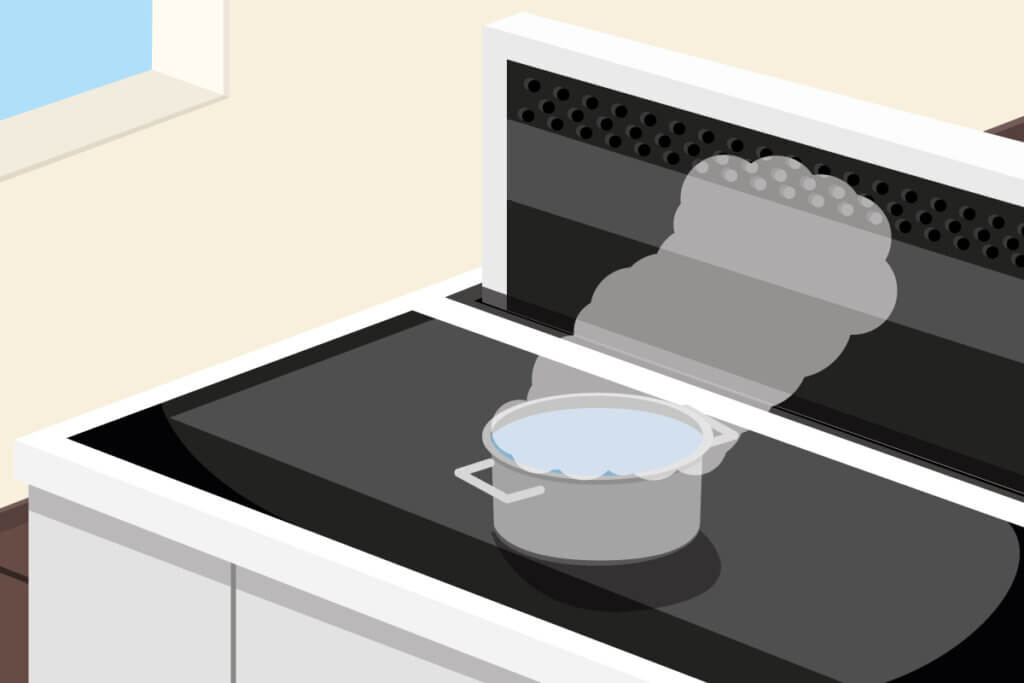
Downdraft hood
Much like downdraft hobs, these cooker hoods extract air from beneath your pots and pans. When they aren’t in use, they retract back into the kitchen surface. A lot of models have adjustable height, so you can get the perfect level depending on what pot you are cooking with. They draw out fumes and vapor to the side.
Features and equipment
Aside from choosing the right kind of style, there are a few other things to consider when making a purchase. Read on for an overview.
Width
Your cooker hood should be a little wider than the cooker underneath it, so that it can catch all of the fumes and vapors. If you’re tight on space, consider a downdraft extraction fan.
Ventilation power
Ventilation power, or airflow rate, refers to how much air your cooker hood can displace in a given time. This is usually measured in cubic feet per minute, abbreviated as CFM. The higher the CFM, the more powerful the cooker hood. As a general rule, you should get a hood that can circulate all of the air in your kitchen around twelve times per hour.
Example calculation
Say you have a 100 square foot kitchen, with ceilings that are 10 feet tall. This means the volume of your kitchen is 1000 cubic feet. So, going by the rule that your cooker needs to recirculate all of the air in the room twelve times in an hour, the cooker hood needs to be able to circulate 12,000 cubic feet of air per hour. Divide this by 60 (60 minutes in an hour) to get the CFM number you need. In this case, it is 200.
Exhaust pipe diameter
For a cooker hood to work properly, the exhaust pipe needs to be wide enough for the airflow rate. If it is too small, water vapor will build up and damage the unit. The following table gives a rough guide to the relationship between CFM and exhaust hose diameter:
| CFM | Diameter of the exhaust air hose |
| up to 180 | 4“ |
| up to 300 | 5“ |
| up to 450 | 6“ |
| up to 1000 | 8“ |
Lighting
Just about all cooker hoods have a built-in light which shines down on the stove. Most new models have energy-efficient LEDs, but halogen spotlights are still popular due to their warm colored light. Fluorescent lights used to be popular but are quite rare now. While most models only have an on or off switch, being able to dim the hood light is a useful feature.
Power levels and standby
Most cooker hoods just have an on and off button, with a couple of power settings. Some retractable fans will automatically turn on when you extend them. Touch controls look good, but they are sometimes tricky to use with wet or greasy fingers. Some top-end cooker hoods come with remote controls, or can even be controlled by an app.
Useful extras
Some models come with useful extra features. Read on for a brief overview of what’s on the market.
Automatic overrun
Some cookers have an option to stay on after you’ve finished cooking, and then switch off after a set period of time.
Intensive mode
Lots of models have an intensive mode. This is for when there are a lot of fumes coming off of your cooking – for example, when searing a steak – and you need extra power. Depending on the model, the cooker hood will switch back to normal power after a set period.
Interval ventilation
Some cooker hoods have a mode in which the fans switch on intermittently to keep air circulating around your kitchen. This is sometimes known as interval, continuous, or periodic operation.
Sensors
Top-end cooker hoods sometimes have sensors which can detect the level of fumes in the ambient air. They use this information to turn themselves on and off accordingly.
Cleaning and maintenance
As mentioned earlier, it is important to regularly clean and replace the filters inside your cooker hood. Read on for more details about proper care.
Carbon filter
The activated carbon filter inside your cooker hood traps bad odors from the fumes coming off of your cooking. If it still smells of grease when your hood is turned on, its time to replace the filter. The lifespan of a filter entirely depends on how much you cook, but they typically last between six and twelve months. In most cases, the easiest option is just to replace it, but there are a few things you can do to extend the life of a filter.
Regenerating a carbon filter
Some carbon filters can ‘regenerate’. To do this, you need to put them in an oven at 400 °F (200 °C) for two hours. This should burn off all of the residue, so that the filter can be reused. If you repeat this process every four months, you can extend the working life of a filter up to ten years. Note that the amount of time you need to put the filter in the oven for, as well as the temperature, can vary. It’s a good idea to ventilate your kitchen properly during this process, as it can smell quite bad.
Refilling a carbon filter
You can also refill a used carbon filter if it has stopped working. For this, you will need activated carbon pellets. To refill the filter, you’ll need to open it up which can be a bit tricky. If you mess it up, you’ll need to buy a completely new one so it’s not the best option for total beginners.
Ordering replacement filters
Provided you know the name of the model, it is much cheaper to buy replacement filters online.
Metal filter
The metal filter in a cooker hood removes grease from cooking fumes. Over time, the grease will clog up the holes and prevent the fan from pulling any more fumes through. When you get to this stage, you need to clean the filter. Not only does a clogged filter mean your cooker hood won’t be able to work properly, it is also a fire hazard as the grease is flammable. While some people recommend cleaning this filter every two weeks, this isn’t particularly realistic. The following table shows how often you should clean your filter depending on how much you cook.
| Usage | Cleaning frequency |
| High usage (catering) | Every 7 to 14 days |
| Normal cooking (home) | Every 4 to 12 weeks |
| Infrequent use (second home, hardly any cooking) | Every 3 to 6 months |
Cleaning a metal filter
You can clean the metal filter in your cooker hood by soaking it in warm water and detergent. You can also put it in the dishwasher. If it is extremely dirty, you can soak it in an alkaline kitchen cleaner beforehand.
Cleaning the hood surfaces
Grease and oil will often stick to the outside of your cooker hood. Here are some tips when it comes to cleaning the hood surfaces.
- Allow the lights to cool down completely – halogen lamps get really hot.
- Wipe the surface with a warm damp cloth and washing up liquid.
- When wiping, make sure that as little water as possible gets into the switches or into the fan intake.
- Avoid using hard sponges or scourers – they can scratch the surface.
Images 1-11: © FinalCheck

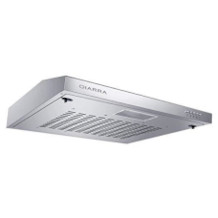
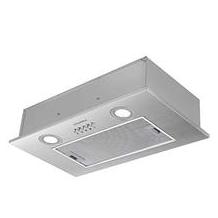
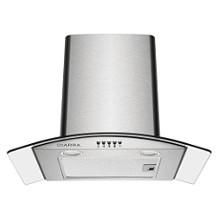
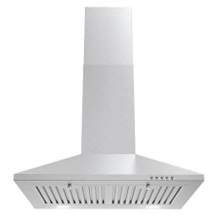
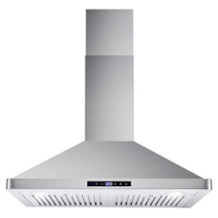
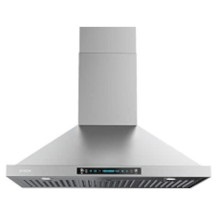
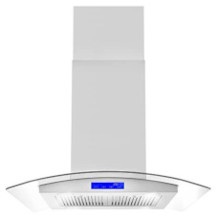
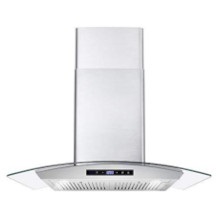
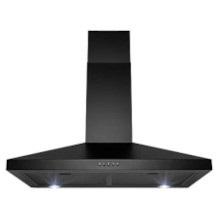

 no reviews
no reviews